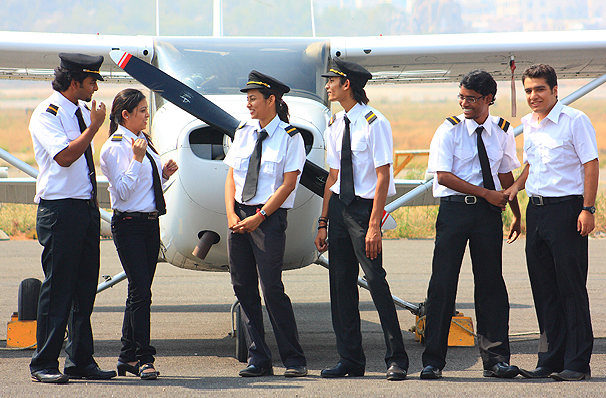
The Private Pilot License (PPL) program is designed to provide individuals with the foundational knowledge and practical skills necessary to operate an aircraft independently. The curriculum integrates ground school instruction with flight training, offering a comprehensive understanding of aviation principles, regulations, and hands-on flying experience.
The ground school component covers essential topics such as aerodynamics, navigation, meteorology, aircraft systems, and aviation regulations. Students acquire a solid theoretical foundation, enabling them to understand the principles governing flight, weather patterns, and navigation techniques.
Flight training is a crucial aspect of the PPL program, allowing students to apply theoretical knowledge in practical scenarios. Under the guidance of certified flight instructors, students learn essential piloting skills, including pre-flight checks, take-offs, navigation, in-flight maneuvers, and landings. The flight training is structured to meet the requirements set by aviation authorities.
The PPL program includes a specified number of flight hours, both dual (with an instructor) and solo, to ensure students develop the necessary competence and confidence to operate an aircraft independently. Additionally, students undergo assessments, including written exams and practical flight tests, to demonstrate their proficiency and understanding of aviation regulations.
Upon successful completion of the program and meeting the requisite flight hours, students are eligible to apply for the Private Pilot License, allowing them to fly as pilot-in-command of an aircraft. The PPL serves as a foundational step for those interested in pursuing advanced pilot certifications, such as the Commercial Pilot License (CPL) or Airline Transport Pilot License (ATPL). Graduates emerge with the skills, knowledge, and credentials to enjoy the freedom and responsibilities of piloting a private aircraft.